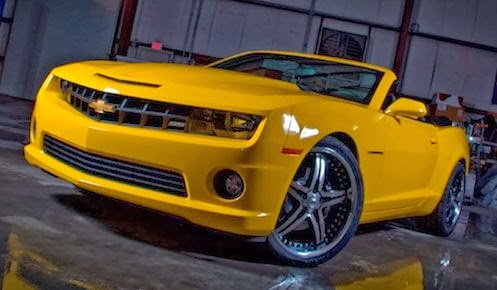DC Design to showcase two new car
 |
| The creation of the Arnolt-Bristol car was a blend of two different car companies that joined forces to manufacture a line of vehicles that offered four unique body styles. The coming years would see increased production throughout the 1950s, as well as an array of false impressions that involved production number errors and the ins and outs regarding the components of the Arnolt-Bristol cars. |
 |
| Brief History of SH Arnolt Inc. and Bristol Cars Arnolt-Bristol cars represented a collaboration between two different car manufacturers - SH Arnolt Inc. and Bristol Cars. Situated in Chicago and Indiana, SH Arnolt Inc. was the brainchild of Stanley H. Arnolt, a Chicago industrialist, who made a living importing foreign vehicles during the 1950s to the United States. His company would go on to sell four different cars that showcased Bertone bodies (highly unique Italian style) between 1953 and 1968. SH Arnolt Inc. capitalized off of an international patchwork of car manufacturing with vehicles that showcased British mechanics and Italian bodywork, coupled with U.S. sales and distribution. |
 |
Bristol Cars Ltd became a manufacturer of hand-built luxury cars that were produced close to Bristol, England. With a history of eliminating the distributors and car dealers, the company is known to directly wheel and deal with their customers. A showroom in Kensington, London displays their wares. Only a small number of cars have come from the company, often hovering around a little more than 100 cars produced on a yearly basis.
|
 |
| During the 1950s, Arnolt made a deal with Bristol Cars to purchase 200 of their 404 series chassis and 1971 cc, six-cylinder 130 hp engines. Soon after, the chassis were delivered to Carroszzeria Bertone, where a high-quality aerodynamic body with impressive design was added. Additionally, the hood height was adjusted to accommodate three two-barrel Solex 34 carburetors. SH Arnolt also facilitated a couple of design modifications. |
 |
| Arnolt-Bristol Car Models The Arnolt-Bristol cars came in four different body styles. The first model was geared towards competition and appeared as a striped road racer. The bolide offered a slightly more satisfying road racer. The deluxe was an extension of the bolide, which illuminated side windows and a convertible top. The car also carried instruments located in front of the driver. An inset glove box in the dash was another attractive feature. The fixed roof coupe was equipped with headlights that popped up. At the time, the vehicles fetched about $3995 for the competition model; $4245 for the bolide; $4995 for the deluxe bolide; and $5995 for the coupe. A variety of factory options also accompanied the Arnolt-Bristol car, such as a front sway bar, remote shifter, bumpers, convertible top, and Alfin drum brakes that measured 11 inches. Borrani KO steel wheels were also associated with the Arnolt-Bristol car (with the exception of one car that was sold with Borrani wire wheels). The body of the Arnolt-Bristol car was mainly fashioned from steel, but also featured an aluminum trunk and hood. |
 |
| Although a special racing fuel tank was placed in some of the racecars, this feature was never a luxury provided to the public. Additional changes to the makeup of the car included 12-inch bell shaped Bristol drums in 1959 and 1960, as well as Bristol front disc brakes in 1961. When purchasing an Arnolt-Bristol car, the new owner received an owner's manual, spares manual, shop workbook, spare wheel and tire, as well as a complete tool kit. A variety of logo-based accessories, such as headscarves were also marketed under the company. |
 |
| All Arnolt-Bristol cars were built between 1953 and 1959 with a total of 142 final products (12 of which were destroyed after a factory fire). The last time a record was made of existing Arnolt-Bristol cars, close to 85 of the models were located, varying in conditions, such as requiring complete restoration to showcasing an impressive appearance. Although the cars faired well on the racetrack, the vehicle models did not sell very well. The market for the cars was so slow that some were not sold until after 1960. The last car to sell showcased four headlights, but wasn't purchased until 1968. Interesting Facts When it comes to the Arnolt-Bristol car, there are many different misconceptions that the vehicle model was associated with. For instance, the production numbers for the car have often been the center of numerous reporting errors. This may have been a result of calculating only the number of Arnolt-Bristols sold in the United States and not in other locales, such as Spain or France. The model also became part of a rumor that hinted that some cars possessed a 283 Corvette engine instead of the Bristol engine. This was a grave misconception as all Arnolt-Bristol cars were originally fitted with the Bristol engine. |














































